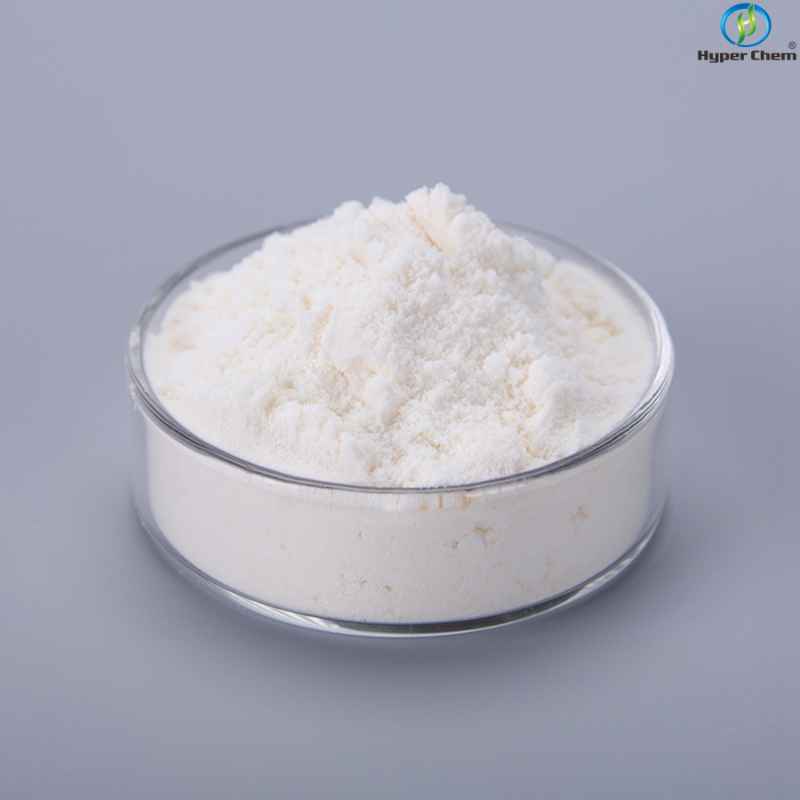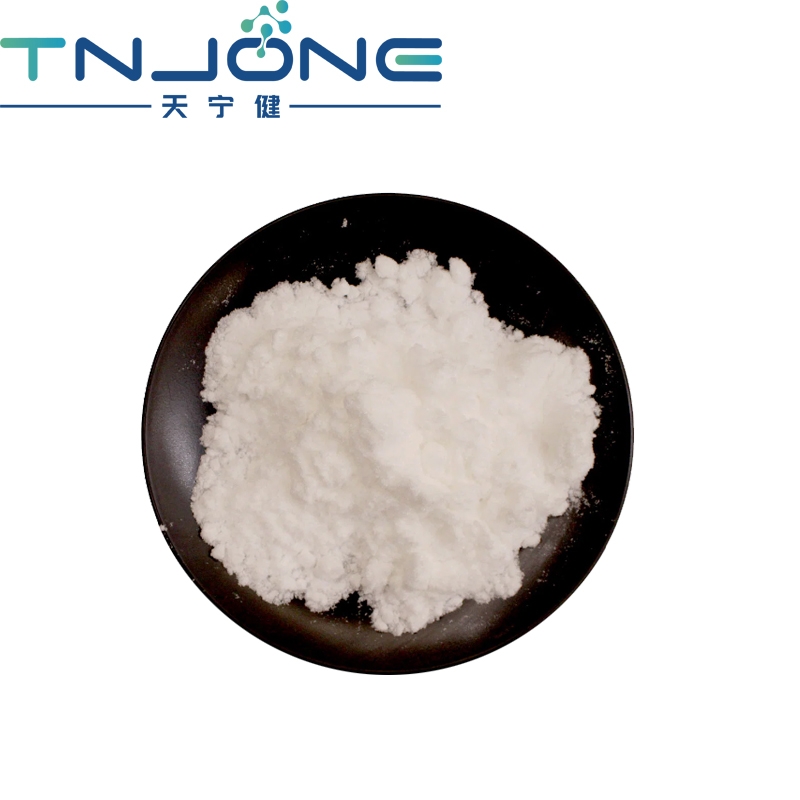-
Categories
-
Pharmaceutical Intermediates
-
Active Pharmaceutical Ingredients
-
Food Additives
- Industrial Coatings
- Agrochemicals
- Dyes and Pigments
- Surfactant
- Flavors and Fragrances
- Chemical Reagents
- Catalyst and Auxiliary
- Natural Products
- Inorganic Chemistry
-
Organic Chemistry
-
Biochemical Engineering
- Analytical Chemistry
-
Cosmetic Ingredient
- Water Treatment Chemical
-
Pharmaceutical Intermediates
Promotion
ECHEMI Mall
Wholesale
Weekly Price
Exhibition
News
-
Trade Service
Iron deficiency anemia (IDA) is considered the most common cause of anemia in the world
Iron deficiency anemia (IDA) is considered the most common cause of anemia in the world
In this study, we aimed to compare the effectiveness of daily and every other day oral iron replacement therapy for iron-deficiency anemia in women of reproductive age
Figure: Trends of hemoglobin (A), ferritin (B) and heparin (C) values in groups 1 and 2
Figure: Trends of hemoglobin (A), ferritin (B) and heparin (C) values in groups 1 and 2After 2 months of oral iron treatment, hemoglobin, mean corpuscular volume, serum iron, total iron-binding capacity, and transferrin saturation were significantly improved in both groups
After 2 months of oral iron treatment, hemoglobin, mean corpuscular volume, serum iron, total iron-binding capacity, and transferrin saturation were significantly improved in both groups
Current guidelines for the treatment of iron defense recommend administration of daily divided doses of iron to increase absorption
Original source:
Original source:Kaynar, LA, Gökçen, S.
Kaynar, LA, Gökçen, S.
, Can, F.
et al.
Comparison of daily oral iron replacement therapy with every other day treatment in female reproductive age patients with iron-deficiency anemia.
Ann Hematol(2022).
https://doi .
org/10.
1007/s00277-022-04835-6 Kaynar, LA, Gökçen, S.
, Can, F.
et al.
Comparison of daily oral iron replacement therapy with every other day treatment in female reproductive age patients with iron-deficiency anemia .
Ann Hematol (2022).
https://doi.
org/10.
1007/s00277-022-04835-6 et al.
Ann Hematol commented
here







